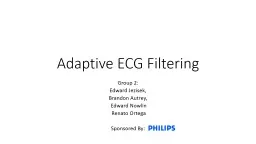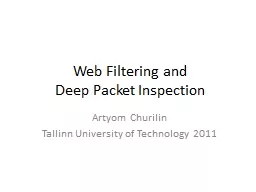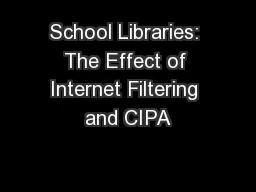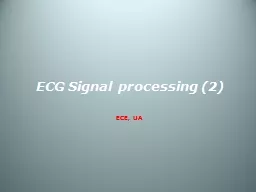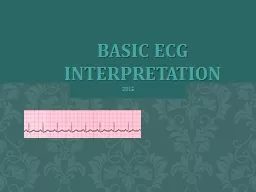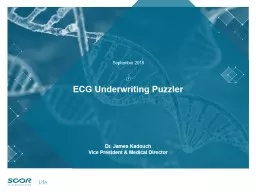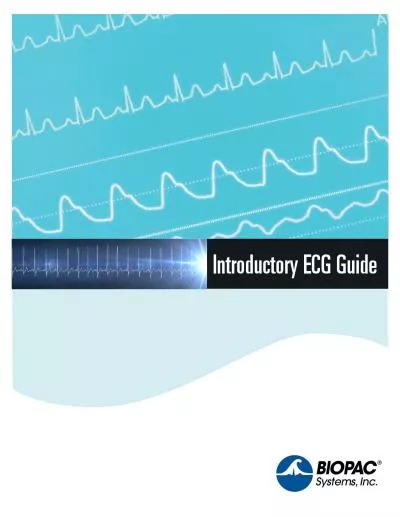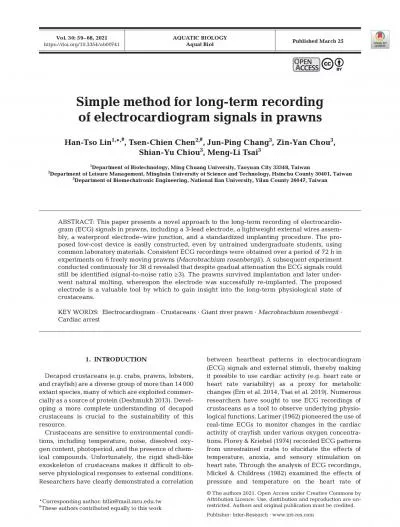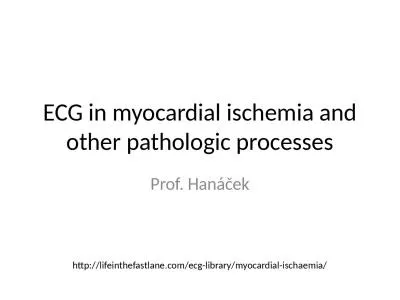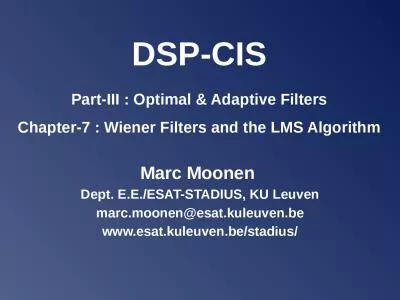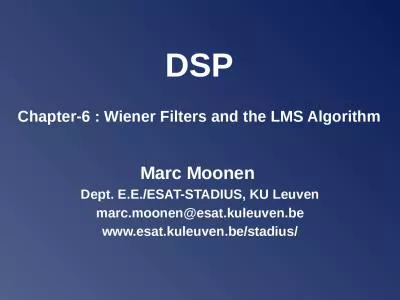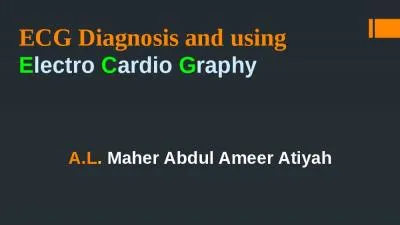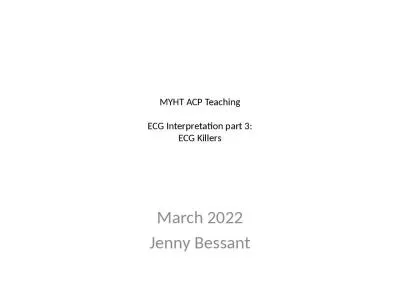PPT-Adaptive ECG Filtering Group 2:
Author : sherrill-nordquist | Published Date : 2018-11-12
Edward Jezisek Brandon Autrey Edward Nowlin Renato Ortega Sponsored By Motivation To improve the quality of ECG signals acquired from patients in an MRI environment
Presentation Embed Code
Download Presentation
Download Presentation The PPT/PDF document "Adaptive ECG Filtering Group 2:" is the property of its rightful owner. Permission is granted to download and print the materials on this website for personal, non-commercial use only, and to display it on your personal computer provided you do not modify the materials and that you retain all copyright notices contained in the materials. By downloading content from our website, you accept the terms of this agreement.
Adaptive ECG Filtering Group 2:: Transcript
Download Rules Of Document
"Adaptive ECG Filtering Group 2:"The content belongs to its owner. You may download and print it for personal use, without modification, and keep all copyright notices. By downloading, you agree to these terms.
Related Documents

